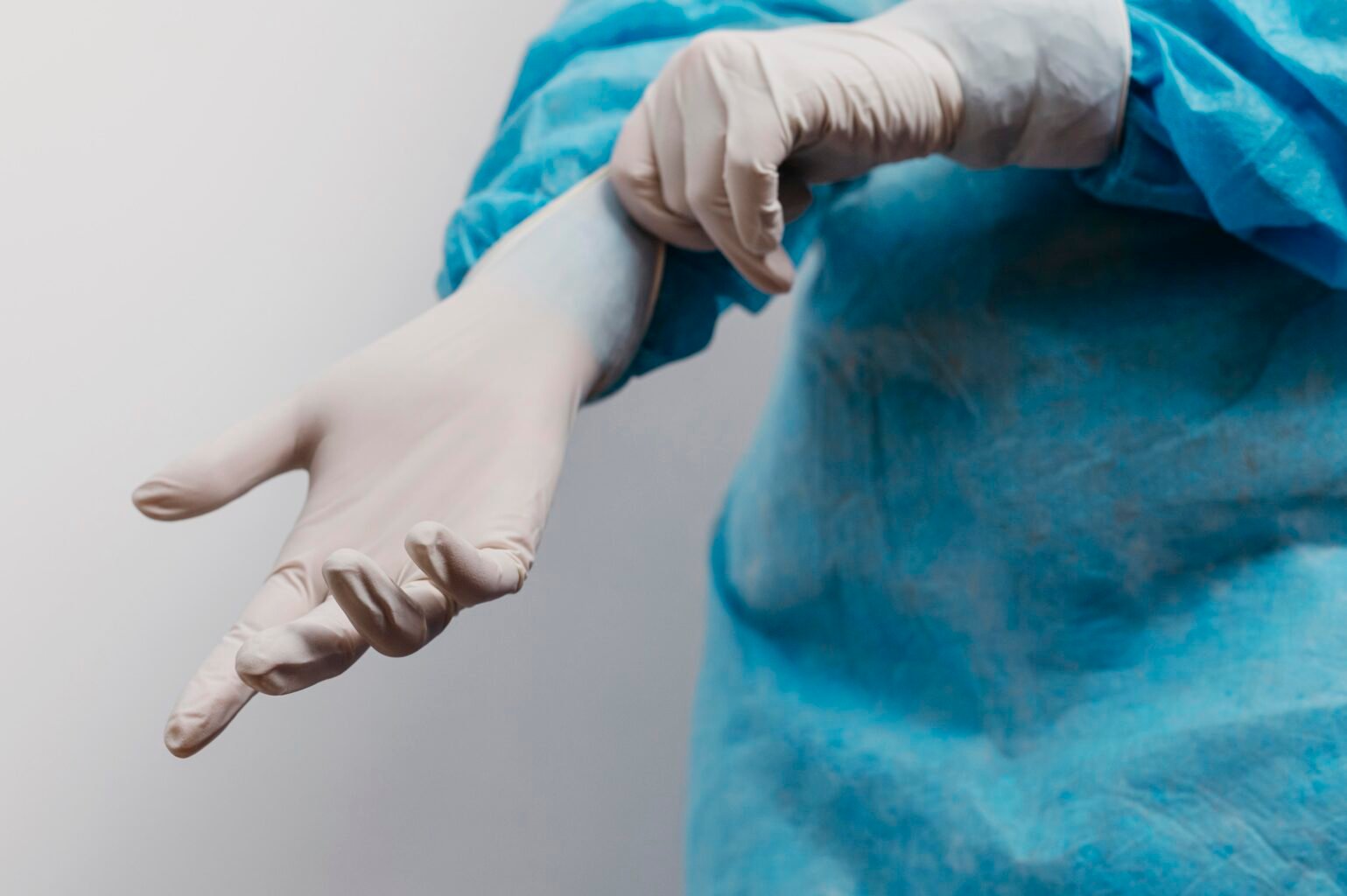Nerve and Tendon Repairs and Transfers: Restoring Function and Mobility

Nerves and tendons are vital components of the body’s musculoskeletal and nervous systems. They play critical roles in movement, sensation, and overall functionality. When injured, these structures can severely impact a person’s quality of life, leading to pain, loss of function, or even permanent disability. Dr. Roomana Akhlaque, an experienced plastic surgeon, specializes in nerve and tendon repairs and transfers, providing innovative solutions to restore mobility and improve quality of life for her patients.
Understanding Nerve and Tendon Injuries
- Nerve Injuries: Nerves transmit signals between the brain, spinal cord, and muscles, allowing movement and sensation. Damage to a nerve—whether due to trauma, compression, or medical conditions—can lead to weakness, numbness, or loss of function.
- Tendon Injuries: Tendons are tough, flexible tissues that connect muscles to bones. Injuries to tendons, such as tears or ruptures, can result from trauma, repetitive stress, or degenerative conditions. These injuries often limit the ability to perform daily tasks or participate in physical activities.
Treatment Overview
Dr. Roomana Akhlaque’s expertise in nerve and tendon repairs ensures that patients receive comprehensive care tailored to their specific needs.
- Nerve Repairs: In cases of nerve injuries, surgical repair involves reconnecting the damaged ends of the nerve. If the gap is too large, a nerve graft or conduit may be used to bridge the gap and promote regeneration. Over time, the nerve fibers grow through the repaired area, restoring function and sensation..
- Nerve Transfers: When direct repair is not possible or successful recovery is unlikely, a nerve transfer may be performed. This involves rerouting a healthy, functioning nerve to replace the damaged one. This innovative technique can restore critical motor or sensory functions..
- Tendon Repairs: Tendon injuries are repaired by suturing the torn or damaged ends back together. In cases where significant damage has occurred, a tendon graft may be used. Careful post-operative rehabilitation ensures that patients regain strength and flexibility..
- Tendon Transfers: When a tendon is irreparably damaged, a functional tendon may be transferred from one part of the body to another to restore movement. This technique is particularly useful in cases of paralysis or severe trauma..
Benefits of Nerve and Tendon Repairs and Transfers
- Restored Functionality: Patients regain movement, strength, and sensation, improving their quality of life.
- Pain Relief: Surgical intervention often alleviates pain caused by nerve or tendon injuries.
- Enhanced Quality of Life: Restoring mobility allows patients to return to daily activities, work, and hobbies.
Why Choose Dr. Roomana Akhlaque?
Dr. Roomana Akhlaque combines advanced surgical skills with a compassionate approach to care. With extensive experience in nerve and tendon repairs, she is committed to delivering the best outcomes for her patients. Her patient-centered philosophy ensures that each treatment plan is customized to meet individual needs and goals.
FAQs
Nerve or tendon repair may be necessary for injuries caused by trauma (e.g., cuts, crush injuries, or fractures), repetitive stress, or medical conditions such as diabetes or arthritis.
Recovery varies depending on the severity of the injury and the type of repair performed. Nerve repairs may take months to a year for full regeneration, while tendon repairs generally require 6–12 weeks for healing, followed by rehabilitation.
Yes, nerve and tendon transfers are designed to be permanent solutions. Once the transferred structures adapt to their new function, they provide long-term benefits.
As with any surgical procedure, risks include infection, scarring, and incomplete recovery of function. However, with proper care and an experienced surgeon like Dr. Akhlaque, these risks are minimized.
Yes, physical therapy is crucial for regaining strength, flexibility, and functionality after nerve or tendon repairs. A structured rehabilitation plan is typically part of the post-operative care.
